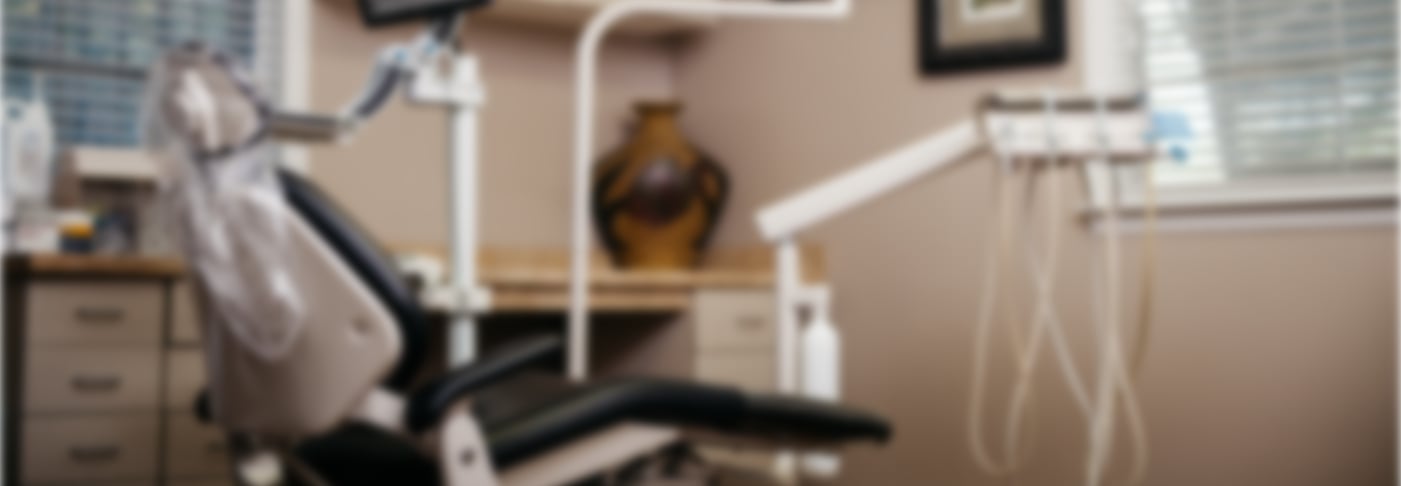Oral health begins with proper teeth cleaning. We need to take pride and care in how clean we are and how we approach oral health. There are various diseases that can stem from poor oral habits. Brushing and flossing is vital to keeping your mouth clean and it will ward off a number of diseases that may arise. In this article, we’ll outline a number of tips that should aid in proper brushing habits. Some of these, though painfully obvious, are worth repeating.
Brushing
- Brush your teeth at least twice per day; once in the morning and before bed. This should be done carefully and properly to ensure all food remains and carefully removed from the mouth and tongue. Do not rush this procedure.
- Find the right toothbrush and toothpaste. Use fluoride toothpaste and a soft toothbrush that fits your mouth and gums properly. If you’re not sure, we’ll make proper recommendations after your general cleaning. Something to consider is using an electric toothbrush that effectively cleans your teeth and gums and significantly reduces plaque and gingivitis, as opposed to brushing with a normal toothbrush.
- Brush correctly. Brushing isn’t all about randomly scrubbing your teeth with the brush. It requires good technique to effectively remove particles from the mouth. Hold the brush at a slight angle focusing on the area that your tooth meets the gum. Brush with short back and forth motions and remember to brush the outside, inside and chewing areas of your teeth including the tongue. And remember: never brush too hard. Be gentle on your teeth and gums.
- Keep your tools clean at all times. Always rinse the toothbrush immediately after use with water. Keep your toothbrush when not in use in an upright position and allow it to air dry. Keep it separate from other toothbrushes in the same holder to prevent contamination. Do not store your toothbrush in a closed container, this will encourage the growth of bacteria and mold.
- Know when it is time to replace your toothbrush. Invest in a new toothbrush every 3 to 4 months. Also, for electric toothbrushes you can buy new replacement heads for them.
Flossing
When it comes to oral health care, brushing alone is never enough. Brushing is important, but the bristles of the brush cannot reach certain areas of the mouth. These tight spaces require flossing. Flossing allows us to reach those tight gaps between our teeth that a toothbrush can’t access. Here are some guidelines to flossing:
- Break off around 18 inches of dental floss; wrap the floss between two fingers- one from each hand and rub the area of the tooth gently.
- Be gentle with your gums– glide the floss between your teeth in a rub-like motion and once you have hit the base of the tooth at the gumline, wrap the floss around the tooth and rub gently.
- Do one tooth at a time, glide the floss into the gap between your tooth and the gum then use the floss the rub in an up and down motion. Use fresh floss as you move from tooth to tooth, otherwise you will be transferring bacteria.
- Be consistent with flossing; engage in flossing at least once per day. Instead of using a floss you can purchase a dental pick or a water -flosser. There are many other options available that get the job done.
Always ensure you put out the effort to keep your mouth clean. There are many diseases that can stem from poor oral health care. Take care!

